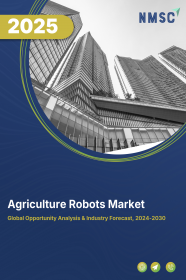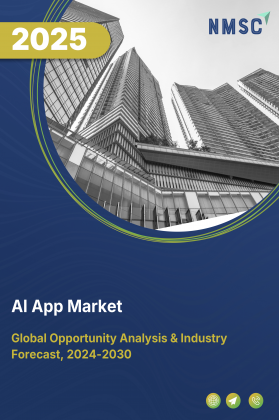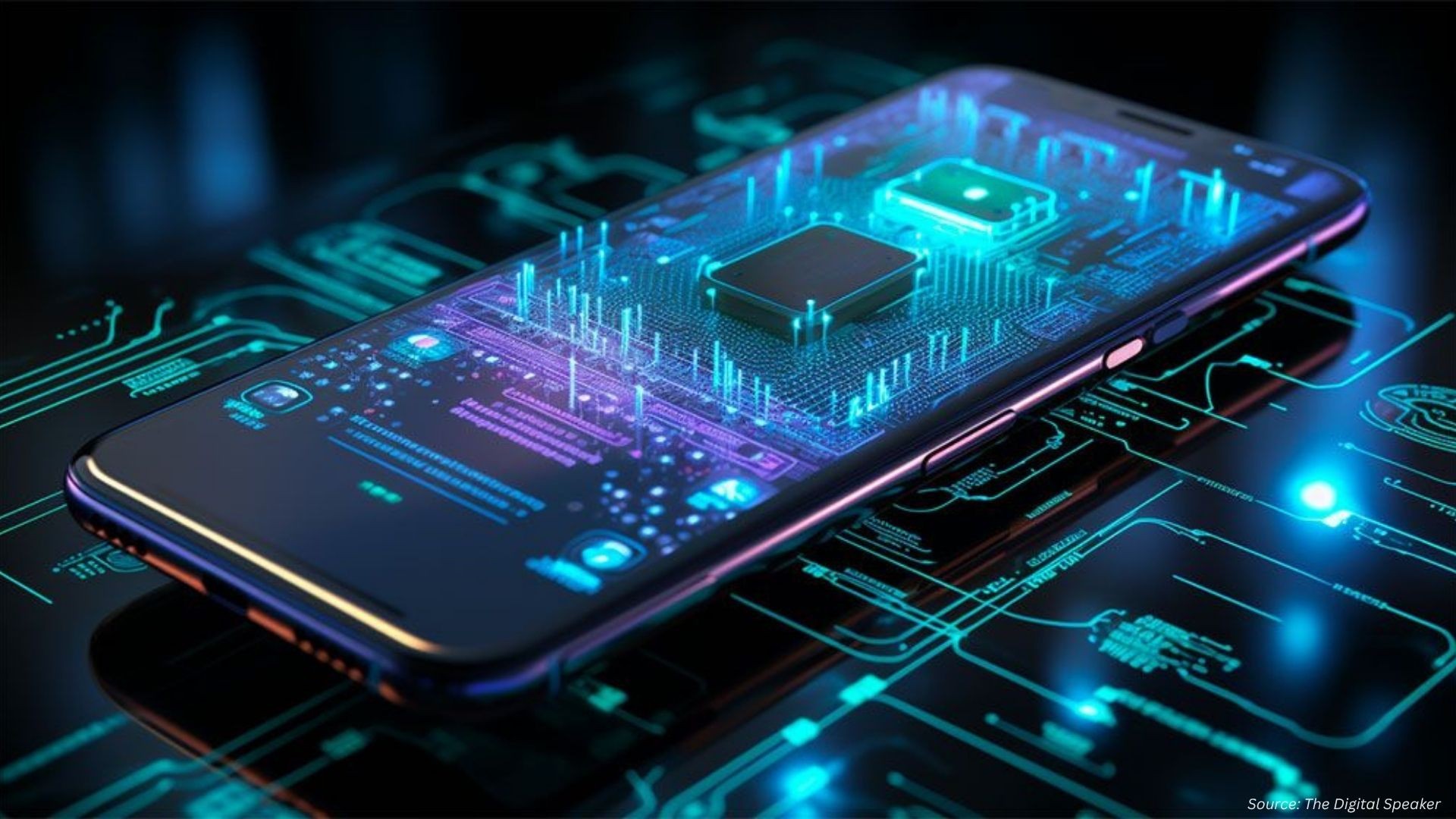
Agriculture Robots Market by Type (Unmanned Aerial Vehicles (UAVs), Milking Robots, Driverless Tractors, Automated Harvest Robots, and Others), by Farming Type (Indoor Farming, Outdoor Farming, and Indoor & Outdoor), Farming Type (Indoor Farming, Outdoor Farming, and Indoor & Outdoor), and by Application (Aerial Monitoring & Scouting, Dairy & Livestock Automation, Field Operations, Harvest Management, and Others) – Global Opportunity Analysis and Industry Forecast 2024–2030
Industry: ICT & Media | Publish Date: 14-Jul-2025 | No of Pages: 500 | No. of Tables: 456 | No. of Figures: 381 | Format: PDF | Report Code : IC16
Market Overview
The global Agriculture Robots Market was valued at USD 8.78 billion in 2023, and is predicted to reach USD 22.49 billion by 2030, with a CAGR of 14.4% from 2023 to 2030. Agricultural robots, also known as agribots, are automated or semi-automated machines designed that perform various tasks in the field of agriculture. These tasks include planting, harvesting, monitoring, and spraying crops. They aim to increase efficiency, productivity, and accuracy in agriculture while reducing the need for manual labor and improving working conditions for farmers. Agribots utilizes advanced technologies such as computer vision, artificial intelligence (AI), and others.
Agribots can monitor crops for early detection of diseases and pests, allowing prompt and efficient treatment. Moreover, automated sprayers can be used to apply pesticides, herbicides, and fertilizers, reducing the risk of human exposure to harmful chemicals and improving application accuracy. These robots can create detailed maps of fields and crops, helping farmers make informed decisions about planting, fertilization, and pest control using global positioning system (GPS) and mapping technologies.
Agriculture robots can also be used in livestock management for performing tasks, such as feed distribution and monitoring animal health. These robots improve the working conditions in an agricultural environment by enhancing crop yields and precision agriculture. Through precise application of pesticides, herbicides, and fertilizers, agribots can help improve crop yields and raise profitability for farmers. These robots can help farmers practice precision agriculture and make informed decisions about planting, fertilization, and pest control through accurate data collection and analysis.
Shortage Of Skilled Agricultural Labor
Labor remains a critical input in agriculture; however, the sector is witnessing a growing shortage of skilled workers. This decline is driven by aging rural populations, migration to urban areas, and the unattractive nature of agricultural jobs compared to other industries. The scarcity of reliable labor leads to delays in planting, harvesting, and other time-sensitive farming operations, ultimately affecting yield and profitability. In response, farmers are increasingly investing in agricultural robots that can automate key tasks such as crop harvesting, field monitoring, and livestock handling. These machines operate efficiently around the clock, reducing dependency on seasonal labor and improving consistency in farm operations.
Growth of Controlled Environment Agriculture (CEA)
The rise of controlled environment agriculture (CEA), including vertical farms and greenhouse-based production, is accelerating the demand for automation and robotic systems. CEA allows year-round crop production in enclosed environments by precisely managing variables like temperature, light, humidity, and nutrients. However, the operational intensity of CEA setups—such as frequent monitoring, planting, and harvesting—can be labor-intensive. To address this, CEA operators are turning to agricultural robots equipped with AI-driven sensors and machine vision that enable real-time crop assessment, automated picking, and predictive maintenance. The integration of robotics in CEA improves scalability, reduces labor costs, and enhances the consistency of high-quality crop output, making it a key driver of market growth.
Limited Access to Affordable and Scalable Robotic Solutions
Despite the growing interest in automation, many small and mid-sized farmers face significant barriers in adopting agricultural robots due to high upfront costs and limited access to scalable solutions. Advanced robotic systems often require substantial capital investment, ongoing maintenance, and integration with digital infrastructure such as connectivity and data platforms—resources that are not readily available in many rural or resource-constrained areas. Additionally, most existing robotic solutions are tailored for large-scale commercial farms, leaving a gap in affordable, compact systems suited for smaller operations. This financial and technological gap continues to restrict the widespread adoption of agricultural robots, particularly in emerging economies, thus restraining market growth.
Advancements In AI-powered Autonomous Agricultural Robots
The ongoing integration of artificial intelligence (AI) and machine learning into agricultural robotics is creating substantial growth opportunities for the market. Recent developments focus on enhancing robots with real-time decision-making, autonomous navigation, and precision task execution. These AI-powered systems are capable of identifying plant health issues, optimizing irrigation, detecting pests, and performing targeted spraying with minimal human intervention. For example, in 2024, agri-tech startup Carbon Robotics introduced a next-generation LaserWeeder, an AI-driven robot that uses computer vision and high-powered lasers to eliminate weeds without chemicals. Such innovations not only reduce the need for herbicides and manual labor but also support sustainable farming practices. As these intelligent solutions become more cost-effective and scalable, they are expected to see increased adoption across both developed and developing markets, driving future growth in the agricultural robots industry.
North America is Projected to Dominate the Agriculture Robots Market
Agriculture continues to play a crucial role in the economies of both, the U.S. and Canada. The agricultural sector contributes over USD 164.7 billion to the U.S. economy. The implementation of free trade agreements such as North American Free Trade Agreement (NAFTA) has had a significant impact on agriculture in North America, enabling increased trade and exports of agricultural products between the U.S., Canada, and Mexico.
The Food and Agriculture Organization of the United Nations (FAO) is active in North America, collaborating with farmers, ranchers, and other stakeholders to meet the growing demand for food while conserving lands and waters for future generations.
Companies in this region are heavily invested in R&D and innovation of various agribots to improve the working circumstances of farmers. For instance, in May 2022, John Deere planned to have an autonomous electric tractor and electric farm equipment in each of its turf and compact utility product lines by 2026. With this development, horticulture farmers will be able to use this intelligent and efficient equipment throughout their farms, making a significant and transformative impact on high-value crop production.
Moreover, there are many ongoing collaborations between various prominent universities and software companies to develop robotic solution to assist famers with advanced data that will lead to higher productivity hence driving the growth of the agribots market. For instance, in June 2022, Solinftec teamed up with the University of Saskatchewan to unveil its new AgTech robotic platform in Canada. The goal is to provide farmers and agronomists with advanced information that will result in increased yields, more efficient use of resources, and reduced environmental impact, and help meet the growing global demand for food.
Europe Witnessed Substantial Growth in Agribots Industry
There is a significant demand for agriculture robots in Europe. Europe is a home to some of the world's leading companies, such as Lely, BouMatic Robotics, and DeLaval, in the agriculture robots industry. These companies are investing in the development of new and advanced technologies. Moreover, governments in European countries are supporting the growth of the agriculture robots industry through funding for research & development and incentives for farmers to adopt the technology. As most of the European countries are facing major labor shortage in the agriculture sector thus inclining more towards the robotic technology in all the significant sectors.
For instance, in December 2022, The Department for Environment, Food and Rural Affairs announced the match-funding projects in partnership with the UK Research and Innovation (UKRI). The U.K. Government invited farmers, growers, businesses, and researchers to apply for a share of USD 12.03 million. This funding is expected to boost productivity and sustainable farming practices through the development of automation and robotic technologies.
In addition, the adoption of Industry 4.0 technologies in agriculture, which includes the use of robotics and automation. This focus on digitalization that is driving the growth of agribots market. For instance, in December 2021, Agrointelli, a Danish AgTech developer, developed Robotti LR robot, a fully automated farming machine that combines robotics with simple and robust components. It is a cost-effective machine that is easy to integrate into the present-day farm practices.
Competitive Landscape
The agriculture robots industry includes various market players such as Deere & Company (John Deere), AGCCorporation, DJI (SZ DJI Technology Co., Ltd.), GEA Group Aktiengesellschaft, Harvest CRORobotics LLC, FFRobotics, Carbon Robotics, NaiTechnologies, Nexus Robotics, Agrobot, Monarch Tractor, Lely Industries N.V., KUBOTA Corporation, AgEagle Aerial Systems Inc, YANMAR HOLDINGS CO., LTD, Ecorobotix Harvest Automation, Fullwood JOZ, DeLaval, and CLAAS KGaA mbH. These market players are adopting several strategies such as product launches, acquisition, and innovation across various regions to maintain their dominance in the global market. For instance, September 2022, GEA launched GEA DairyFeed F4500, an autonomously driving feeding robot. This new feeding robot is designed to help dairy farms reduce their carbon footprint and operating costs while boosting flexibility on the farm.
Moreover, in December 2022, CNH Industrial acquired a 10% stake in Stout Industrial Technology (Stout). The US-based startup is focused on smart implements for agriculture that are powered by Artificial Intelligence (AI) to allow machines to carry out tasks based on sensor-detected data. Through this acquisition, CNH Industrial will expand its operations across the U.S. and provide its robotic solutions to farmers for overcoming their limitations. In addition, in May 2022, John Deere aimed to have an autonomous electric farm tractor and electric equipment in each of its turf and compact utility product families by 2026. Through this innovation, the company aims to enhance efficiency, reduce emissions, improve safety and encourage other companies to invest in similar technologies.
Agriculture Robots Market Key Segments
By Type
-
Unmanned Aerial Vehicles (UAVs)
-
Milking Robots
-
Driverless Tractors
-
Automated Harvest Robots
-
Others
By Farming Type
-
Indoor Farming
-
Outdoor Farming
-
Indoor & Outdoor
By Application
-
Aerial Monitoring & Scouting
-
Crop Protection & Weed Control
-
Crop Scouting & Monitoring
-
Weather Tracking
-
Inventory Management
-
-
Dairy & Livestock Automation
-
Milking
-
Dairy Management
-
Shepherding and Herding
-
-
Field Operations
-
Plowing
-
Seeding
-
Field Farming
-
Soil & Irrigation Management
-
-
Harvest Management
-
Others
By Region
-
North America
-
U.S
-
Canada
-
Mexico
-
-
Europe
-
Germany
-
UK
-
France
-
Spain
-
Italy
-
Netherlands
-
Denmark
-
Finland
-
Norway
-
Sweden
-
Russia
-
Rest of Europe
-
-
Asia-Pacific
-
China
-
Japan
-
India
-
Australia
-
South Korea
-
Thailand
-
Taiwan
-
Indonesia
-
Singapore
-
Rest of Asia-Pacific
-
-
RoW
-
Latin America
-
Middle East
-
Africa
-
Key Players:
-
Deere & Company (John Deere)
-
AGCCorporation
-
DJI (SZ DJI Technology Co., Ltd.)
-
GEA Group Aktiengesellschaft
-
Harvest CRORobotics LLC
-
FFRobotics
-
Carbon Robotics
-
NaiTechnologies
-
Nexus Robotics
-
Agrobot
-
Monarch Tractor
-
Lely Industries N.V.
-
KUBOTA Corporation
-
AgEagle Aerial Systems Inc
-
YANMAR HOLDINGS CO., LTD
-
Ecorobotix
-
Harvest Automation
-
Fullwood JOZ
-
DeLaval
-
CLAAS KGaA mbH
Report Scope and Segmentation
|
Parameters |
Details |
|
Market Size in 2023 |
USD 8.78 Billion |
|
Revenue Forecast in 2030 |
USD 22.49 Billion |
|
Growth Rate |
CAGR of 14.4% from 2023 to 2030 |
|
Analysis Period |
2023–2030 |
|
Base Year Considered |
2023 |
|
Forecast Period |
2024–2030 |
|
Market Size Estimation |
Billion (USD) |
|
Growth Factors |
Increasing global population Shortage of labor |
|
Countries Covered |
28 |
|
Companies Profiled |
15 |
|
Market Share |
Available for 10 companies |
|
Customization Scope |
Free customization (equivalent up to 80 analysts working hours) after purchase. Addition or alteration to country, regional & segment scope. |
|
Pricing and Purchase Options |
Avail customized purchase options to meet your exact research needs. |




















 Speak to Our Analyst
Speak to Our Analyst

























